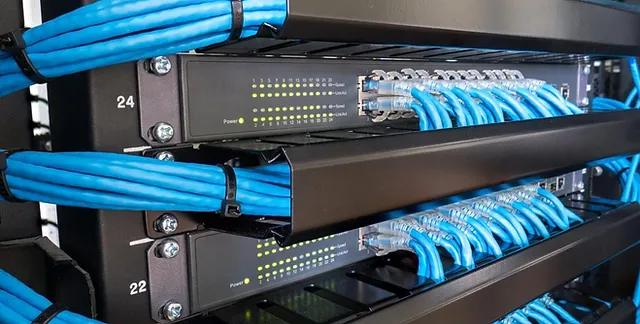4G Revolution: Empowering Mobile Gaming, HD TV, and Video Conferencing
The field of cellular technology is constantly evolving. The networks of today will be upgraded to 5G. This means they will become faster than ever.
Every new network generation enables devices as well as services that are more sophisticated. Older cellular technology is getting progressively eliminated in favour of newer technology.
1G
Since 1980, mobile network technologies have advanced both in performance and speed. Newer models also come with distinct features and benefits that make them better than those older models.
First generation cellular networks, also known as 1G, used analog technology that allowed users only voice communications. The 2G generation that followed included the use of digital voice as well as SMS messaging.

The 2.5G network added packet switching by using the GPRS/EDGE protocol. This led to the development of mobile data with high speeds. Mobile data connections are limited in their speed. These restrictions are usually imposed by data plan limits on usage, hotspot caps or throttles for video.
2G
The 2G era brought wireless data transfer on the top of voice. This enabled SMS messaging. Utilizing similar control mechanisms as speaking, data transfer made it possible pictures and text messages to be sent from one cellphone to another. The technology changed the way people communicated. This also led the candy bars phones such as the Nokia 3210 which sold over 160 million units.
With 3G networks rolling out worldwide, users can now access mobile internet to browse sites and use basic applications. In addition, this paved the path for newer functionality like HD mobile TV and video conferencing.
4G networks introduced speedier data transmission, which allowed to provide more sophisticated features such as mobile internet accessibility, HD mobile TV and video conference. Mobile IoT technologies NB IoT & LTE-M also were paved with this technology.
3G
Due to the popularity of smartphones it was evident that the 2G network would not be enough for the data flow. It was necessary to develop new technologies to satisfy the ever-growing requirements of customers arose.
In the 1990s, cellular technology evolved into digital from analogue using GSM networks. It was the beginning of the transition towards 3G networks.
3G offered significantly higher speeds for data transfers than its predecessors. It also allowed for dang ky wifi viettel internet connectivity via mobile devices, which allowed companies to remain connected traveling.
The final phase of the 3G era is coming, with many carriers shutting down their old networks in favor of 4G LTE. It will affect the technology of alarm systems for homes as well as GPS systems. You can prepare yourself to be ready for this change, and make sure that the equipment you have work smoothly.
4G
Evolution of 4G networks is going transform the world of mobile technology. This new generation mobile connectivity offers faster data speeds as well as higher connections density and lower latency.
Because of the high saturation of 3G networks as well as their slow data speed, 4G delivers a high-quality service that supports advanced mobile gaming and HD mobile TV. Also, it supports video conference, IP telephony and HD television on mobiles. To accomplish this, 4G employs beamforming using the use of directional antennes to increase Ricean factor gains and improve SNR.
The smartphone has been a massive driver of the 4G ecosystem. It has been instrumental in helping make 4G an enormous success. However, it is also expected to allow smarter innovations across various industries. These innovations help businesses improve productivity and reduce cost. They will also improve the quality of life around the globe.
5G
As new and more powerful technologies become accessible, they’ll affect our lives in unexpected ways. The future of 5G will be able to handle huge quantities of data with very low latency. This means streaming as well as virtual reality applications won’t buffer anymore.
The 5G network is able to attain these speeds making use of millimeter waves (mmWave) that can transmit more information than other radio waves. It also uses beamforming to target devices for stronger signals, consuming less power than previous generations of mobile networks.
The development of mobile technology is driven by the same factors as previous generations: additional services, higher speed and greater throughput. But this time, this change could be more drastic.